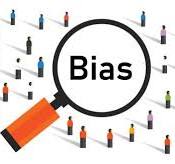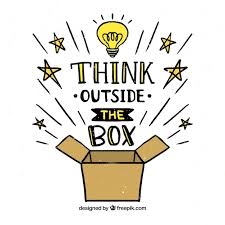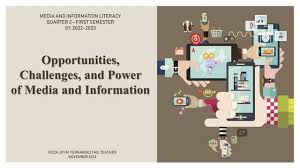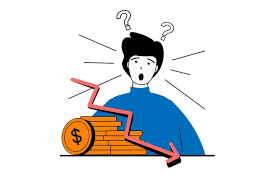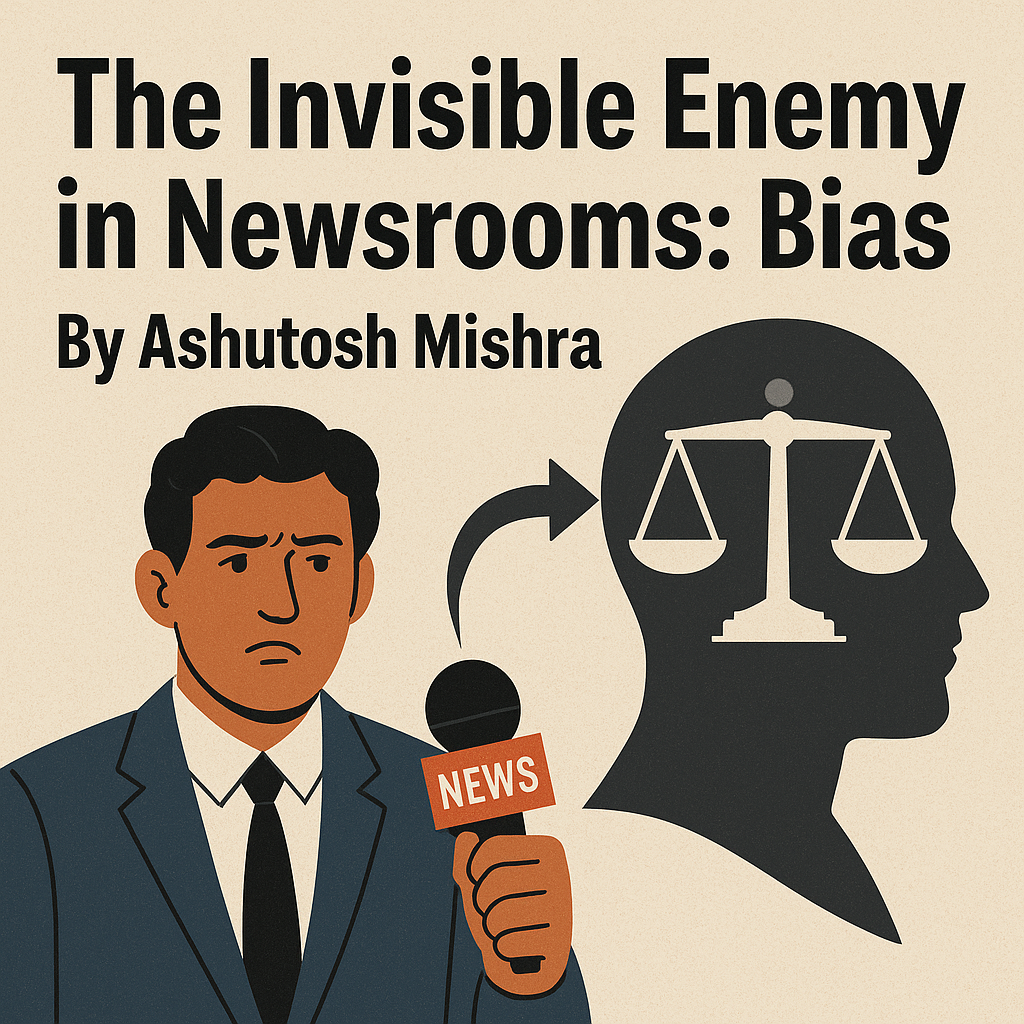
OPINION | The Invisible Enemy in Newsrooms: Bias
The Pitfalls of Bias In Journalism
As a young reporter with the Times of India in the mid-eighties I remember being called to Delhi as part of a multi-edition group of reporters and sub-editors for an orientation course at the journalism school patronized by the paper. The man who ran the school with an iron hand was an AP-trained journalist who seemed to be in love with the so-called “objective” reporting style of the western media, especially newspapers and wire agencies.
An excellent teacher and a hard task master he would make his students and even young journalists like us, put under his charge for a short duration course, do exercises to sharpen their reporting skills. In one of his classes that focussed on bias in journalism he gave us a set of sentences asking us to detect instances of bias in them.
One of the sentences, and I still remember it clearly, read: Thirteen harijan women raped in Bihar. It was actually the headline of a story that had appeared in one of the prominent papers that day. All of us, without exception, concluded and wrote in our exercise books that the sentence reflected no prejudice of any kind.
The teacher was furious and chided us for being blind to the bias that, in his opinion, was obvious in the use of a casteist expression like “harijan” in the sentence. “Thirteen women raped in Bihar,” he insisted would have been the correct and unbiased way of presenting it to the reader. He argued that a rape was a rape irrespective of the class or caste of the victim which did not matter. We had a massive argument with him as we continued to insist that it was not only correct but also important to point out that the women subjected to sexual assault came from the most vulnerable section of Bihar’s caste-ridden society.
This underscored the enormity of the crime committed against them. He could not appreciate this as he was either unaware of the feudalistic, caste-based social matrix of states like Bihar or did not care much about it. The purpose of citing this example is to illustrate that bias can be relative and contextual depending on the background and social orientation of the person interpreting it.
This is as true of a journalist as it is of anyone else. It is this subjective nature of bias that makes it so dangerous and all-pervasive.
Journalists, too, are human beings vulnerable to such human foibles but in their case this may end up compromising the quality of a copy and misleading the reader at the end of the supply chain. This is an avoidable risk that seems so unavoidable.
Take for example, the often biased portrayal of women in the media, not only in advertisements but also in stories written mostly by men. The adjectives, usually hyperbolic as most writers don’t believe in the use of moderate language while fleshing out characters, present successful women either as too emotional or too aggressive. In contrast men achievers are generally characterised as strong or decisive.
Despite years of training bias often creeps in inadvertently when journalists making queries, looking for evidence to confirm their stories. The overwhelming desire to get their stories confirmed, lest they get scrapped, makes them ask questions that would only elicit only desired answers. In short they ask loaded questions based on a pre-decided premise or hypothesis. Honesty is the first casualty in such situations. This is the worst kind of bias and a pitfall aspiring journalists should try to avoid.
 Ashutosh Mishra
Ashutosh Mishra


